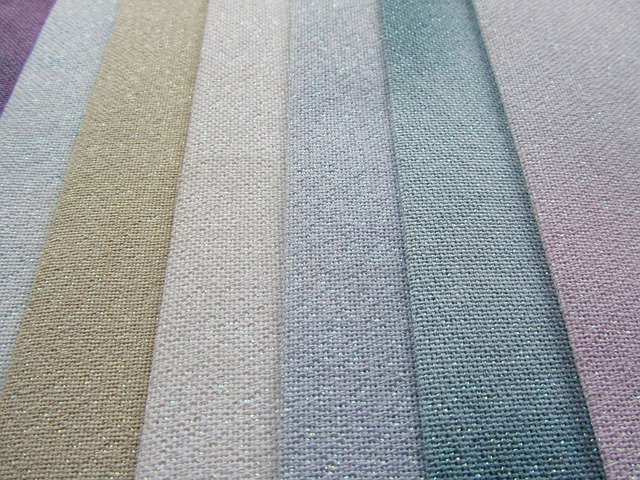Cross Stitch Fabric Types | How to Choose For Your Cross Stitch Project
Posted by Tracey M. Kramer on 4th Jun 2020

The type of cross stitch fabric you use can make or
break your project. Choosing the right cross stitch cloth should
enhance the beauty of your stitching and complement the colors
used. There are variables in how to choose the right color.
Generally speaking, the color white or any light color tends to
really bring out dark threads in stitching. In contrast, using
dark cloth can really make bright colors pop. It can even make
colors that are muted and soft really show up in a big way. I
tend to think that flowers look really lovely when stitched
against a black background. It gives the image a rich
tapestry-like finish. If you look at a bouquet of flowers
against a white or light background compared to a dark or black
background, your eye tends to go to the black background picture
first and it will dominate your perception as to what is
pleasing to the eye.
There are many types of cross stitch fabrics to choose from, but I am going to cover the basics. Sometimes they are used based on the level of difficulty and other times just based on wanting a different look.
Aida Cloth
Aida cloth, by far, is the easiest cloth to work with. It’s usually 100% cotton and it comes in counts as low as 6 and as high as 22 with 6ct being for very large stitches and 22ct for very small stitches. For clarification, the word “count” when we’re discussing cloth simply means stitches per inch. Aida cloth is described as cloth that has gathered threads making it easier to see the holes when inserting your needle. The lower in count the Aida cloth, the easier it is to stitch. Likewise, the higher the count, the more difficult it is to stitch. Even though I am a seasoned stitcher, I often prefer stitching on 18ct Aida cloth. People who are beginners should start out with Aida cloth 14ct which is neither too big nor too small but just right. The Aida cloth that is of highest quality is manufactured by Zweigart in Germany. Zweigart fabric has a trademark orange line on the salvage edge that is characteristic of their brand. Aida cloth comes in a wide variety of colors available at Herrschners and Wichelt Imports to name a few.
Sometimes I think there is a stigma about using Aida cloth where people think that by using it, that it’s somehow inferior to evenweave and that is not the case. I have stitched many a pattern (large ones of fine art images) and the finished project has come out looking just as stately as any project done on evenweave, and you should not be ashamed to use it if that’s what you feel most comfortable using.
Evenweave Cloth
Evenweave is cloth without the gathering of threads. The threads all look uniform, and if performing counted cross stitch, you will need to count the threads when stitching in order to get a uniform look. With evenweave you usually stitch with two threads over two. It is also harder to place the thread because of this, but it has its benefits. Evenweave comes in different forms like Lugana, Jobelan and Linen. Lugana evenweave is distinctive in that it has a slight sheen to it. It is usually a mixture of cotton and rayon blend and is available in 25 to 32ct. It has an elegant look to it and is generally used for pillows, samplers and table linens. Jobelan evenweave has an elegant smooth sheen to it. It too comes in a variety of colors and comes in 14, 28, and 32ct. It’s used for cross stitching, hardanger and other pulled works and can be used for pillowcases and table linens. Linen evenweave is both versatile and beautiful. It comes in Cashel or Belfast styles ranging from 18 and 40ct and will give your project a classic look. It also is used for pulled patterns, samplers, hem stitching, and is noted to be one of the strongest natural fabrics. Its threads are characteristic of being uneven and may vary in thickness, but others who have stitched with it say it is worth the challenge when you see the finished results.
Handy Tip
Here’s something to always remember. If you have a piece of Aida cloth in storage and you cannot remember what count it is, all you have to do is the following: take a ruler, a magnifying glass, and a blunt needle and place the ruler on the Aida cloth. Using the magnifier with your left hand, take the blunt needle in your right hand and count off how many stitches are within the one-inch mark on the ruler. If there are 14 stitches at the one-inch mark, then your cloth is 14ct.
Now that you are familiar with the types of cross stitch fabric, have fun with it. Feel free to experiment with it to find your preference. Cross stitch was meant to be an enjoyable event so take your time to find the fabric that’s right for you. Let us know what cross stitch fabric you like to work with in the comment section below.

